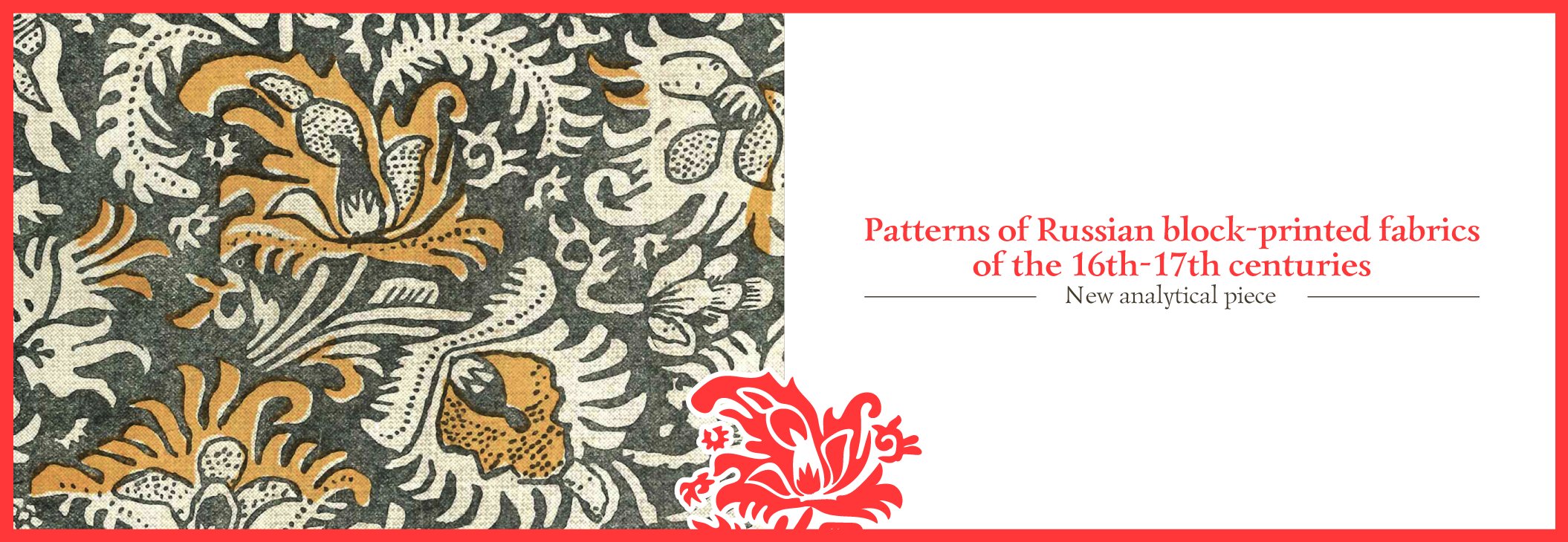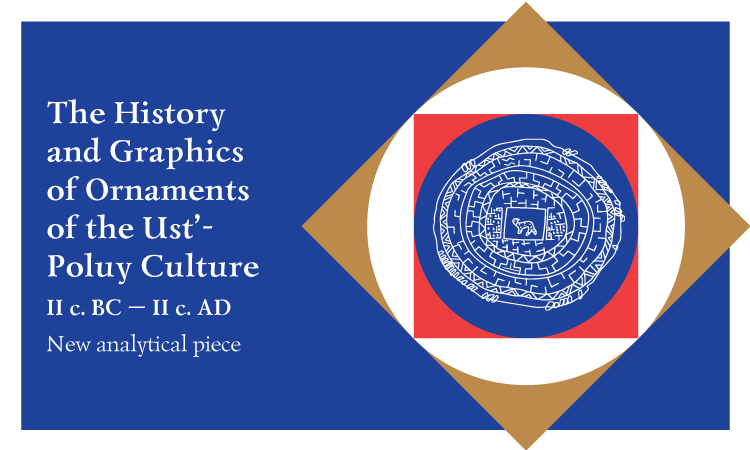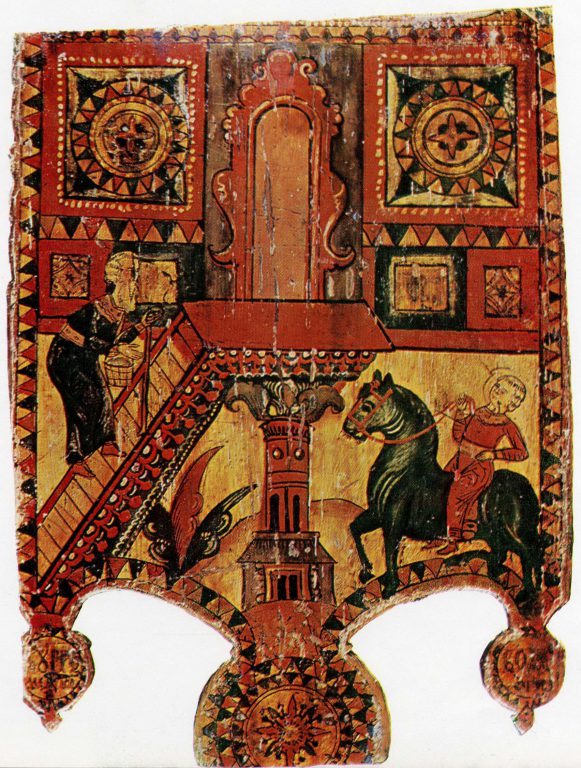


“Ears of a hare,” “deer antlers,” and a “running dog” in patterns of fur mosaics
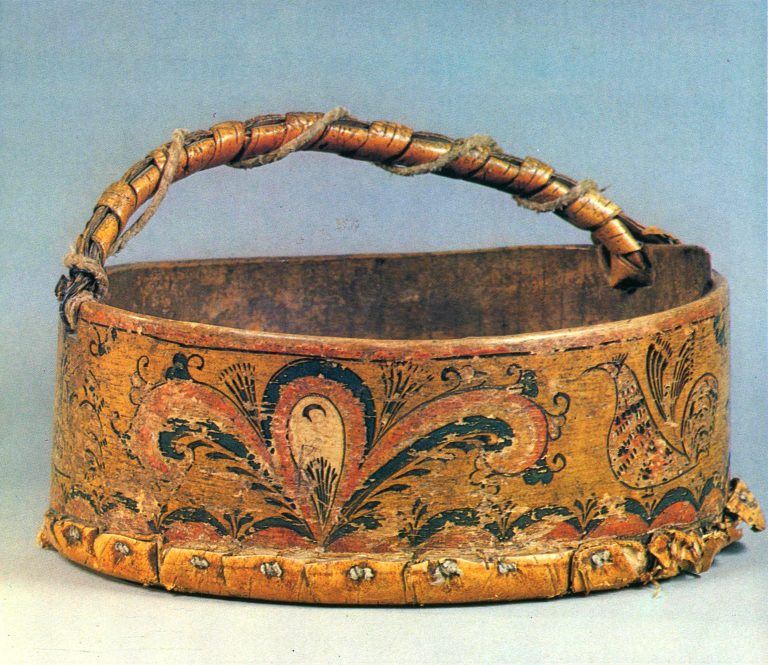
From the series of materials about the Northern Dvina region

How did ideals of Russian culture manifest themselves in enamelling?

A sky, a deer eye, and a goose foot: what ornaments of “the aristocrats of tundra” mean and how they are produced
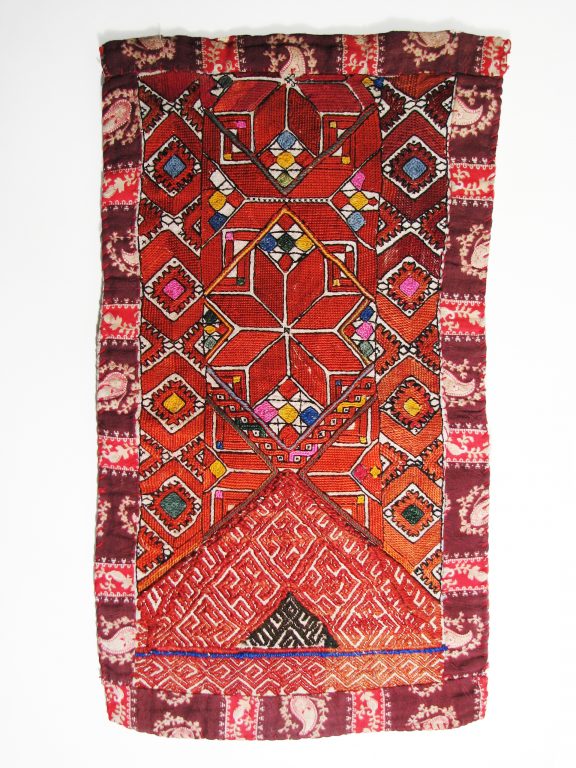
An eight-pointed star, a two-headed horse, and duck’s wings as a key to the cultural code of the Udmurts
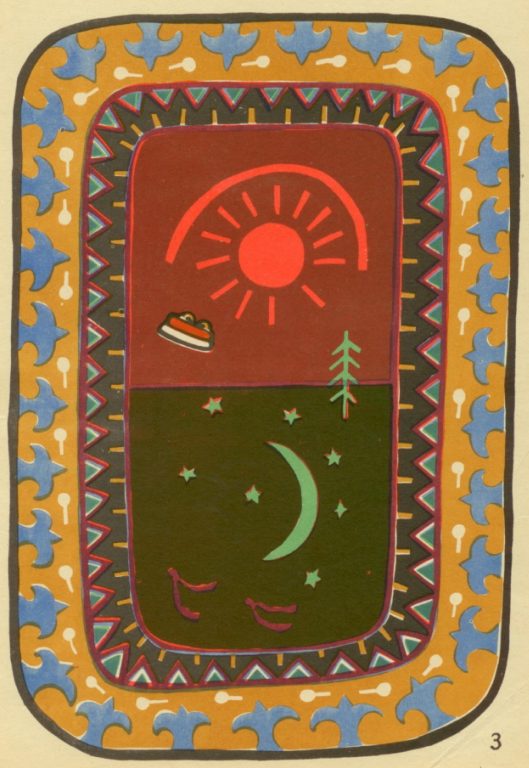
The Sun, the Moon, and stars in ornamentation: from ancient calendars to Art Nouveau architecture.

Traditional clothing ornaments, their technique and meaning in the culture of one of the smallest indigenous peoples in Russia

The examples of patterns in lace, embroidery, rugmaking, and painting on wood that represent different manifestations of spring: sunshine, seasonal holidays, and blossoming nature.

The dance of jigits, the tree of life, and other elements of ancient rugs in high-resolution photos

Who created the exquisite patterns on birch bark boxes from the II c. BC – II c. AD? What were these boxes used for, and how has their ornamentation survived through the ages?
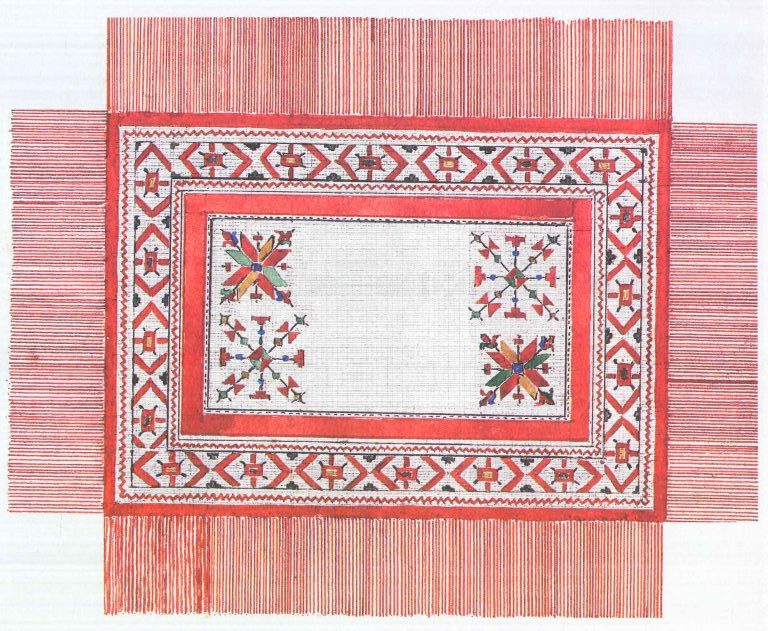
The ritual elements of bridegroom and bride’s clothes on a Chuvash wedding, their decoration, and possible interpretations of the köskö ornament

What are the main types of ornaments on woodblock printed fabrics? What are the distinctive features of their patterns and colour schemes? What were the examples followed by woodblock printers, and how were they reinterpreted?

This article is dedicated to antique carpets from Ingushetia. It describes the nuances of the laborious work of Ingush women, the technique of organic dying, and the symbolic meaning of the carpets’ decoration.

We are grateful to the Tsaritsyno State Museum Reserve for the photos of the architectural embossments of the museum’ old buildings donated to our archive, and for this analytical review





